
In the last few years Wales has celebrated the sea, adventure, and the nation’s many legends. Now, in 2019, Visit Wales is combining these themes and more into one magnificent Year of Discovery. Whatever you are looking for, you can find it in Wales. Adventure or solitude. History from more than 1,000 years ago or modern culture. Food, art, and more. Wales has it all.
To celebrate the Year of Discovery, the Wales Way has been launched. The Wales Way offers three different routes through the country, exploring history, landscape, and culture along the way. Below, we look at the three different routes and some of their highlights. Which will you choose to discover Wales?
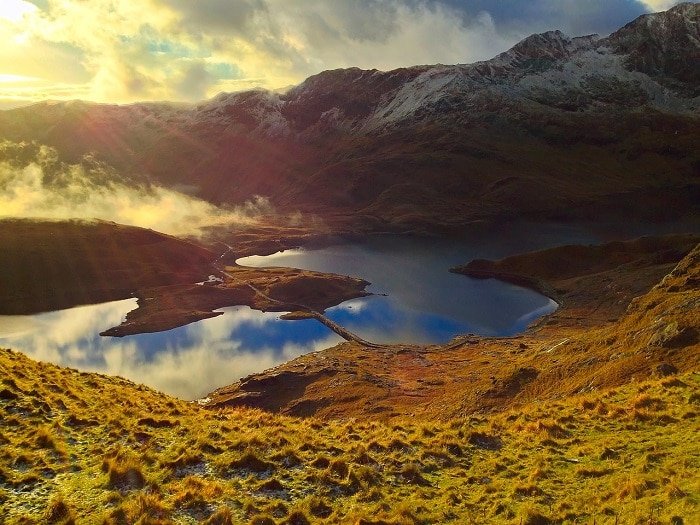
The North Wales Way
Following 75 miles of old trade route, the North Wales Way stretches from Mold, near Chester, to the far side of Anglesey. Along the way, you will pass by (and hopefully stop to visit) the magnificent 13th-century castles at Beaumaris, Caernarfon, and Conwy. All three are UNESCO World Heritage sites. You’ll trace the northern edge of Snowdonia National Park before reaching the Menai Strait and crossing to the Isle of Anglesey. Cross the middle of the island to arrive in Holyhead. Other points of interest along the way include the seaside resort town of Llandudno, Bangor’s Penrhyn Castle, and the RSPB Centre at Ellin’s Tower. The route is suitable for driving, walking, or cycling, and public transport is readily available.
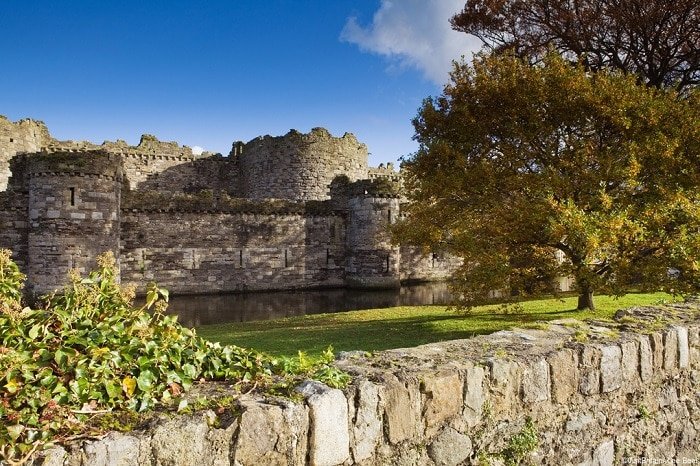
The Cambrian Way
If you prefer the mountains to the coastline, the Cambrian Way follows the backbone of Wales from north to south. You’ll start in the resort town of Llandudno and end in Cardiff. The 185-mile route that connects the two winds through Snowdonia and the Brecon Beacons National Parks, not to mention the Cambrian Mountains. But there’s more than just mountains to enjoy. Rich forest, old slate mines, and small market towns are dotted along the trail. You’ll have the opportunity to visit some breweries and vineyards too so allow time for a quick glass or two. Other highlights include the Surf Snowdonia indoor surfing lagoon, Gwydir Castle, and Devil’s Bridge. Again, this route is suitable for hiking, cycling, or driving (along the A470) so you can take in the sights at whatever pace suits you best. For something different, why not hop on a pony and trek through the Brecon Beacons or take a trip on one of the area’s railways?
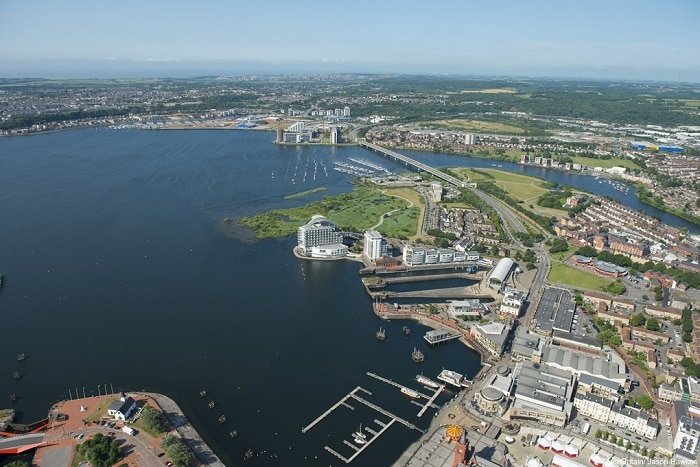
The Coastal Way
The third trail on the Wales Way is a coastal route around Cardigan Bay. We’ve written before about the Wales Coast Path. This particular stretch runs 180 miles between Aberdaron and St. David’s offering the best of both worlds: mountains on one side, the sea on the other. Fishing villages, some of Wales’ finest beaches, and sealife will be the highlights of this route. Be sure to allow time at the start or finish (depending which direction you take) to look around Britain’s smallest city, St. David’s. And don’t forget the Borth Submerged Forest. The low tide reveals the remaining stumps from a 5000-year-old forest. According to Welsh legend, this ancient kingdom was flooded and turned to swampland when the gatekeeper got drunk and forgot to close the gates against the sea.
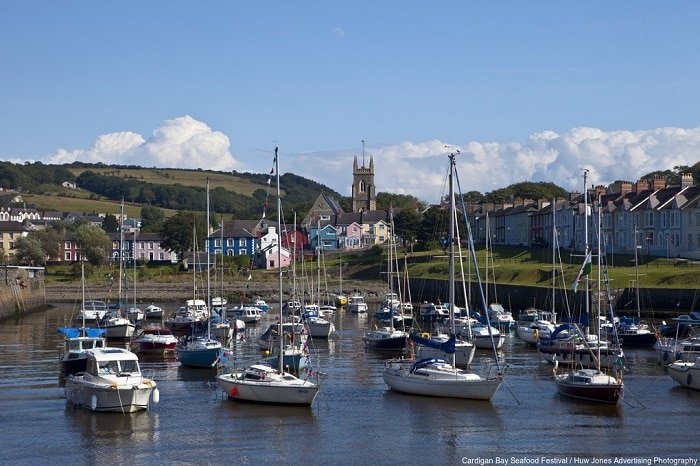
Discover Wales
This post has barely skimmed the surface of the many treasures that each route of the Wales Way has to offer. To make the most of each route, take your time, be willing to make a few detours, and who knows what side of Wales you will discover in 2019!
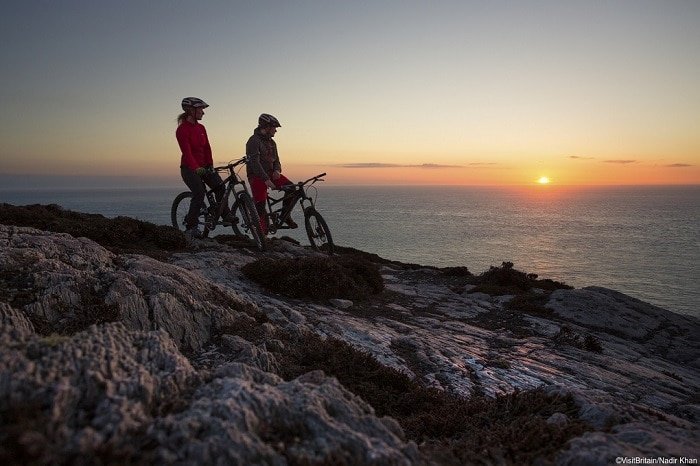
More details of each path on The Wales Way can be found at Visit Wales.


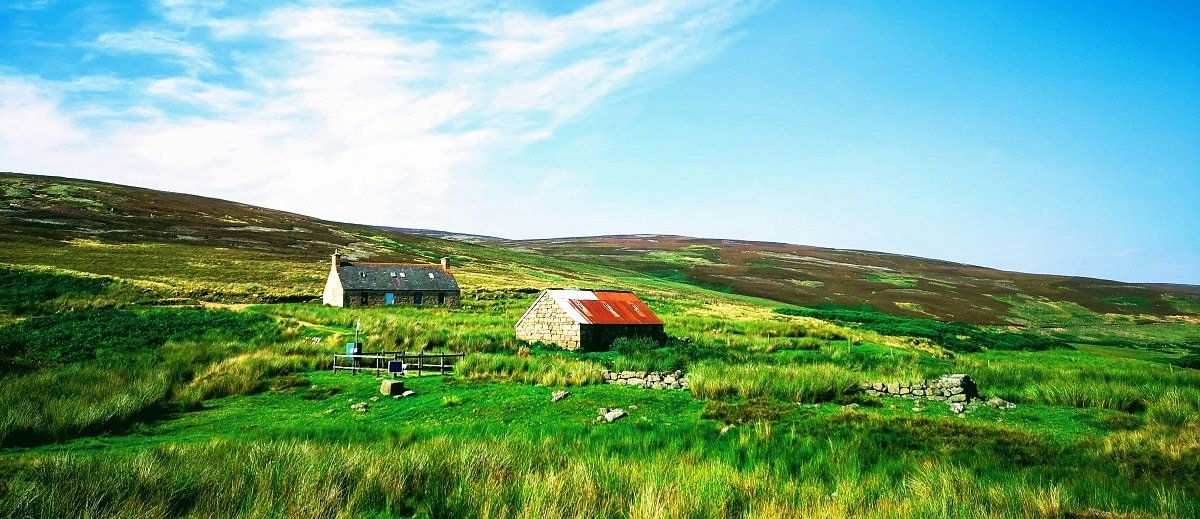
One thought on “Discover Wales in 2019”
Comments are closed.